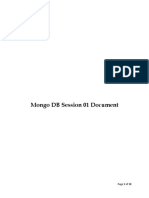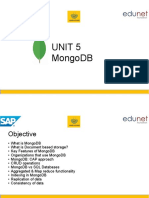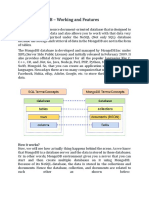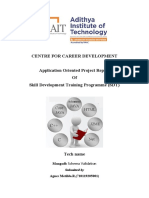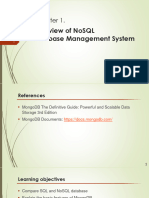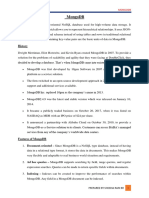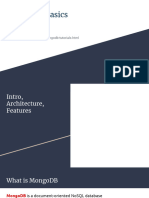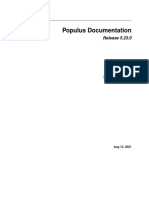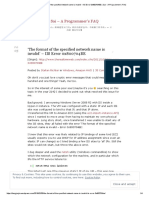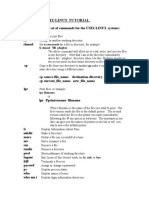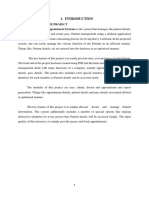0% found this document useful (0 votes)
210 views17 pagesIntroduction To MongoDB
This document provides an introduction to MongoDB, including:
1) MongoDB is a document-oriented, non-relational database that stores data in JSON-like documents rather than tables.
2) MongoDB features include dynamic schemas, horizontal scaling through sharding, and high availability through replication.
3) Replication in MongoDB creates copies of the database on different servers for redundancy and increased data availability, while sharding distributes data across multiple machines to support very large datasets and high throughput operations.
Uploaded by
Mohammad Mizanur RahmanCopyright
© © All Rights Reserved
We take content rights seriously. If you suspect this is your content, claim it here.
Available Formats
Download as PPTX, PDF, TXT or read online on Scribd
0% found this document useful (0 votes)
210 views17 pagesIntroduction To MongoDB
This document provides an introduction to MongoDB, including:
1) MongoDB is a document-oriented, non-relational database that stores data in JSON-like documents rather than tables.
2) MongoDB features include dynamic schemas, horizontal scaling through sharding, and high availability through replication.
3) Replication in MongoDB creates copies of the database on different servers for redundancy and increased data availability, while sharding distributes data across multiple machines to support very large datasets and high throughput operations.
Uploaded by
Mohammad Mizanur RahmanCopyright
© © All Rights Reserved
We take content rights seriously. If you suspect this is your content, claim it here.
Available Formats
Download as PPTX, PDF, TXT or read online on Scribd
/ 17








